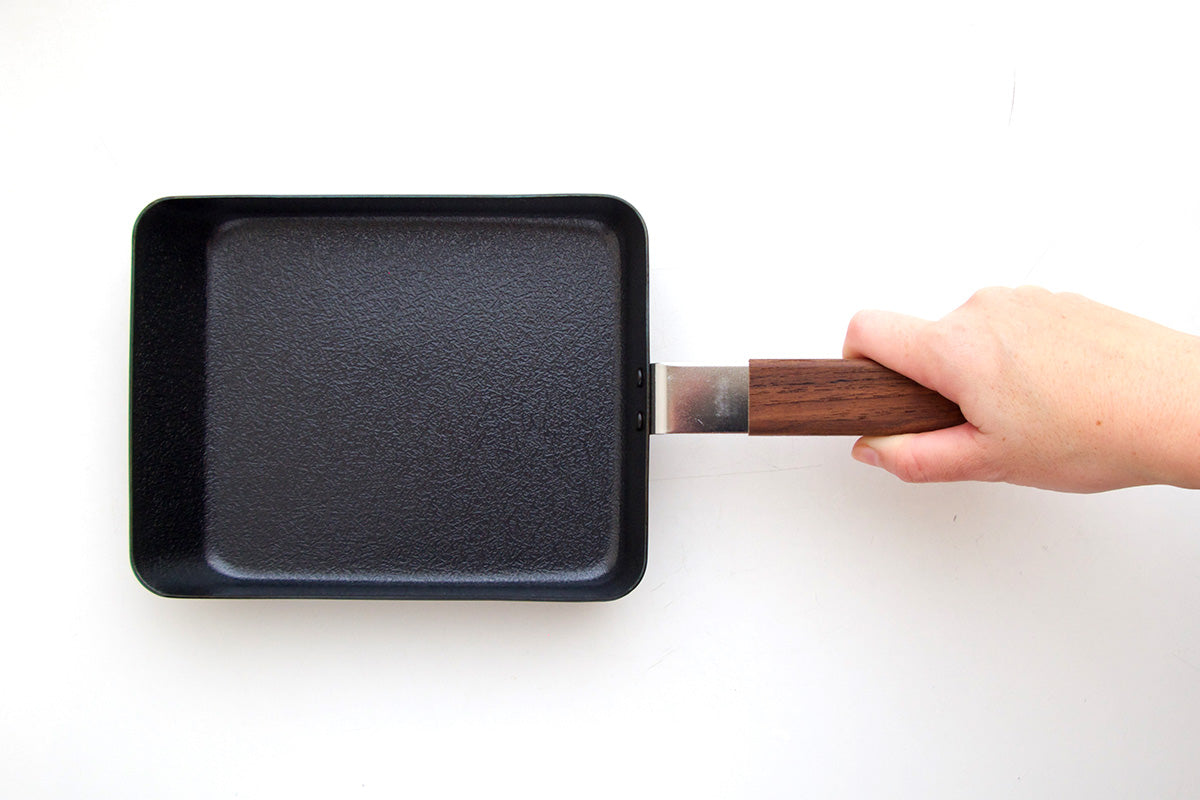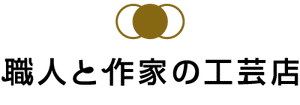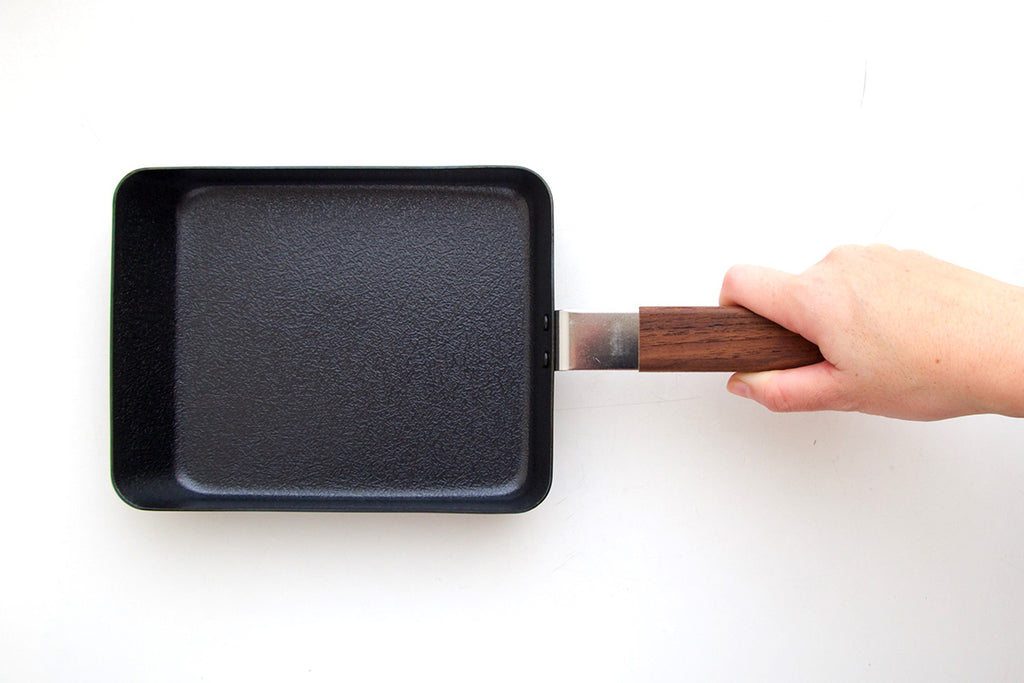
ambai(アンバイ) 玉子焼きフライパン 角

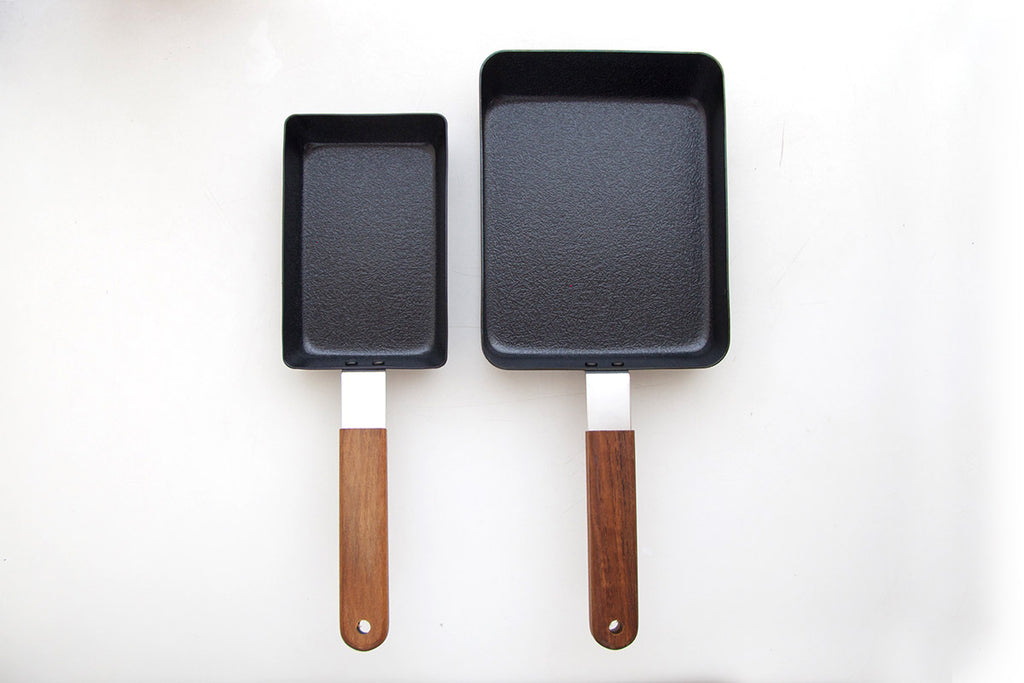
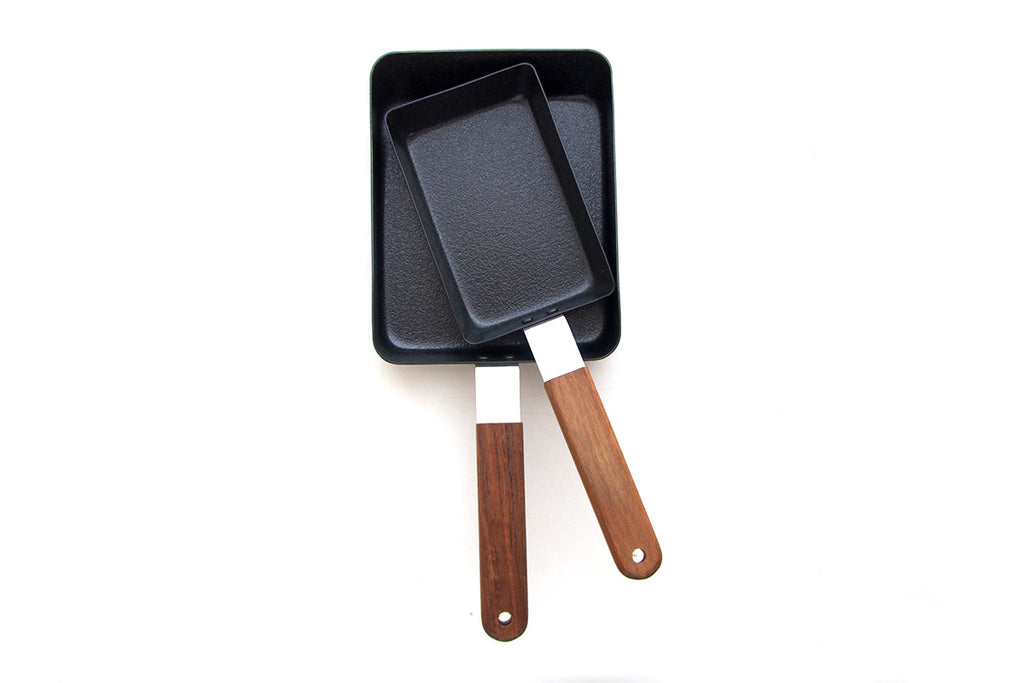
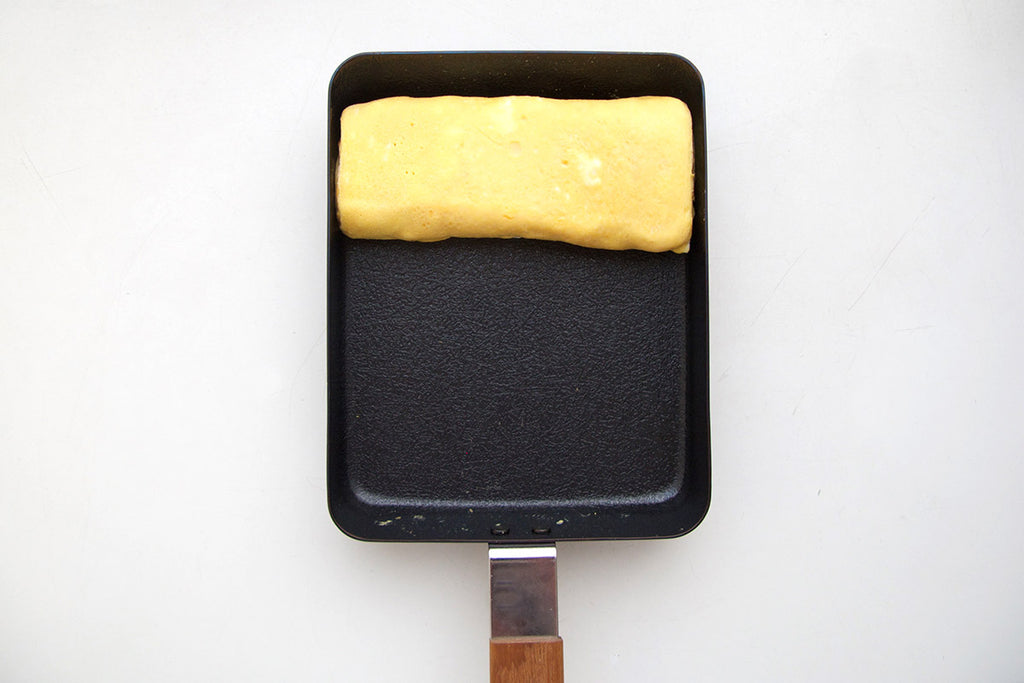
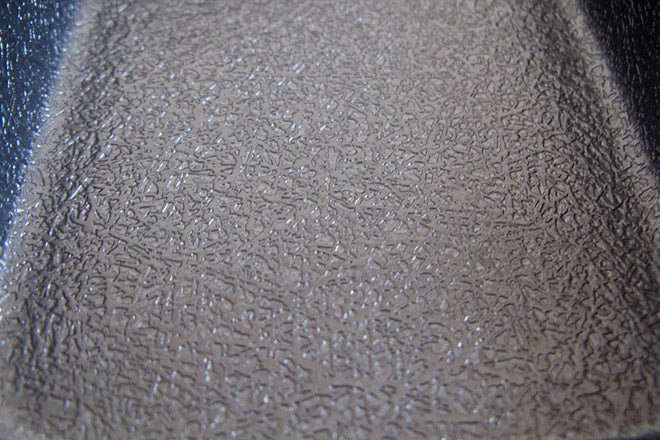
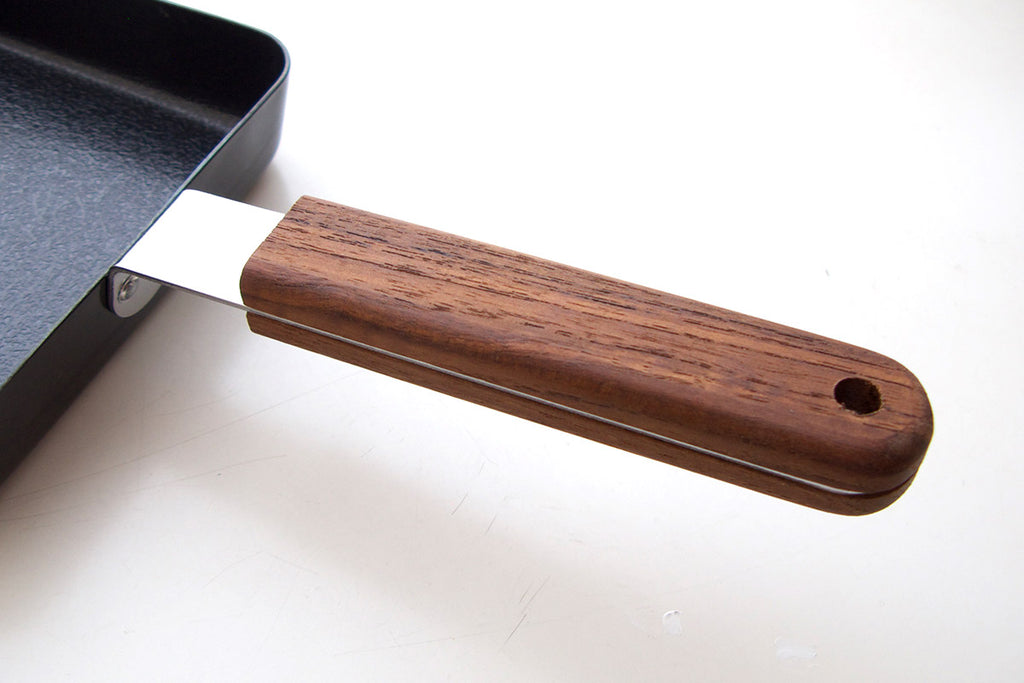
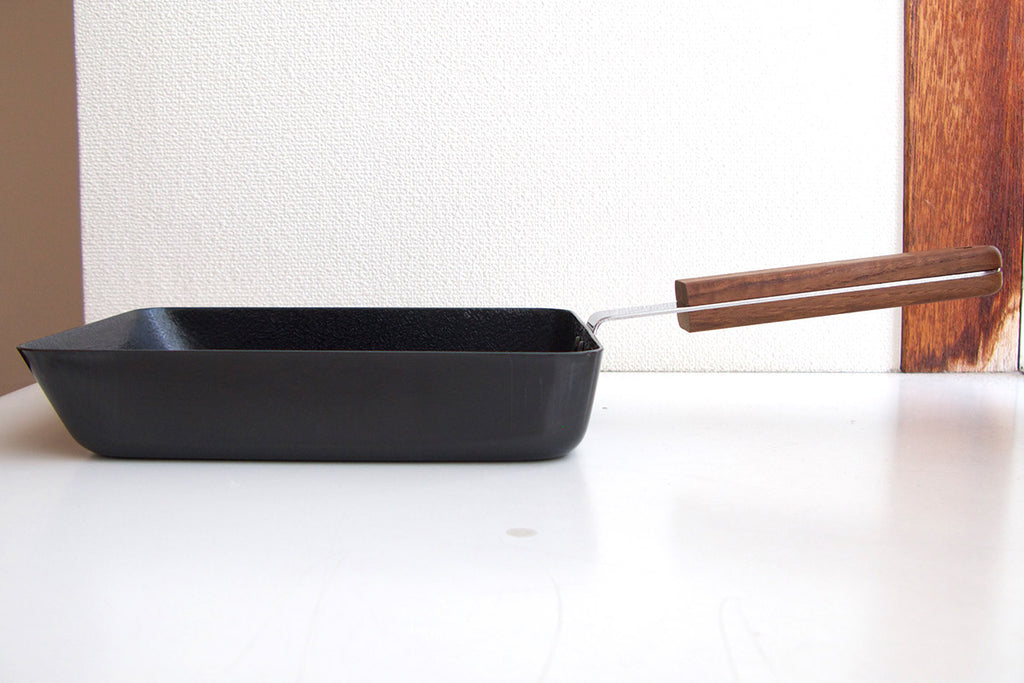
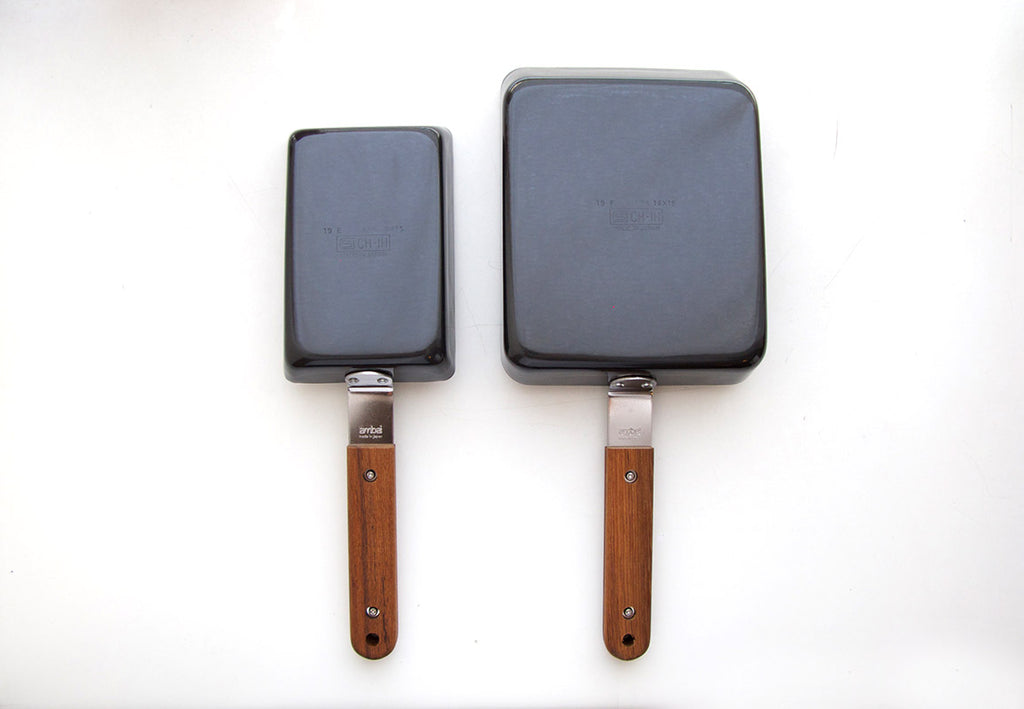
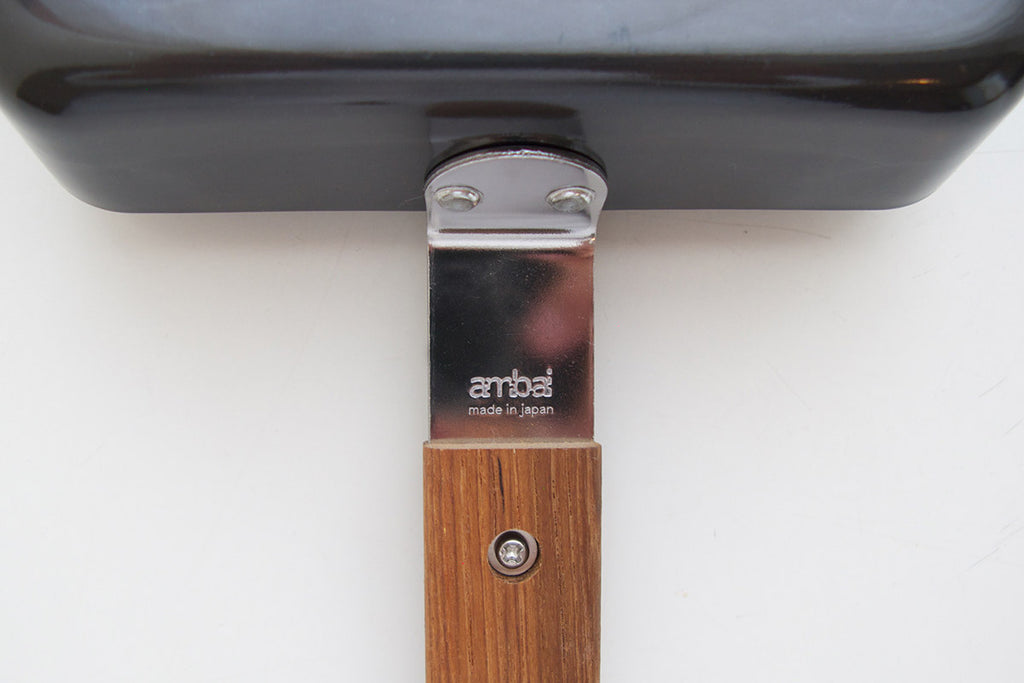
ambai(アンバイ)
ambai | Square egg frying pan
在庫数: 3[出荷予定日]
Orders placed before 5pm will be shipped within 2 business days
 The "ambai" series is produced by designer Makoto Koizumi and is made in Japan. This egg frying pan is perfect for home cooking and bento lunches.
The "ambai" series is produced by designer Makoto Koizumi and is made in Japan. This egg frying pan is perfect for home cooking and bento lunches.Click here for a list of ambai's works

Available in two sizes
Ambai's egg frying pans are available in two sizes: "small square" and "square." The one shown on this page is the large "square" size. It is convenient to have two sizes so that you can use them for different occasions. They can be stacked and stored without taking up much space.
For home meals and bento lunches
Ambai's egg frying pan (square) is the perfect size for 2-3 eggs. It's perfect for breakfast and lunch for your family, or when making multiple bento boxes. You can also make rolled omelets as a snack.
Minimize burning and sticking
You may think that iron frying pans are difficult to clean and tend to burn and stick easily. ambai frying pans have a "fiber line processing" that makes the surface of the iron plate look fibrous, so they come into contact with the food at random points, minimizing the burn and sticking that were the weaknesses of iron, and also making them more oil-friendly. Even those who are not used to iron frying pans can use them with confidence.
The uneven surface makes it easy to absorb oil, and prevents food from burning or sticking. Iron also has good thermal conductivity and heats evenly, resulting in a fluffy, even finish.

The handle is made of water-resistant teak wood.
The handle is made of teak, one of the three most precious woods in the world. Teak is famous as a shipbuilding wood and is known for its water resistance and durability. Its outstanding durability allows you to use it for a long time.
The more you use it, the more
Ambai's attention to detail is evident in every aspect of this egg frying pan, which reduces iron's weaknesses of burning and sticking, and makes the most of iron's inherent charm. After use, while the frying pan is still warm, use a scrubbing brush or a bamboo spoon to wash off any dirt with hot water, then heat it over a fire to remove any excess water, and then apply a thin layer of cooking oil to the pan before storing it. By repeating this process, the oil will become more absorbed, making it less likely to burn and easier to use.

 The "ambai" series is produced by designer Makoto Koizumi and is committed to manufacturing in Japan. Ambai is a series that brings together makers and designers to make use of local characteristics and techniques, and aims to create tools that are just right for the user (ambai) by balancing the tool's performance, material, and shape.
The "ambai" series is produced by designer Makoto Koizumi and is committed to manufacturing in Japan. Ambai is a series that brings together makers and designers to make use of local characteristics and techniques, and aims to create tools that are just right for the user (ambai) by balancing the tool's performance, material, and shape.Click here for a list of ambai's works
Can be used with gas and induction. This egg frying pan (square) makes the most of the inherent appeal of iron by suppressing the weaknesses of iron, such as burning and sticking. The size is just right for 2 to 3 eggs.
[Product name] Egg frying pan (square)
[Size (approx.)] 148 x 350 x 73 mm (depth 35 mm)
Weight (approx.): 625g
[Material] Body: Iron (fiber line processing), Handle: Teak wood (oil finish), Mounting hardware: Stainless steel
[Production area] Japan (Tsubame City, Niigata Prefecture)
● Before use
Before using for the first time, wash thoroughly with dishwashing detergent.
● Precautions for use
Direct flame ○, IH ○, Oven ×, Dishwasher ×
After each use, wash off any dirt with hot water while the pot is still warm, then dry it over a gas flame or similar, then apply a thin layer of cooking oil before storing.
・Do not soak in water as this may cause rust and deterioration of the handle.
・Iron is weak against acid, so do not store food on the frying pan. Also, do not store it while it is wet or dirty. This may cause rust.
●Before you purchase
・There may be small scratches or unevenness in the joints. Please note that this is due to the manufacturing process.
・Please note that the handle is made of natural materials, so the grain and color may vary.
For further details, please refer to the attached manual.

